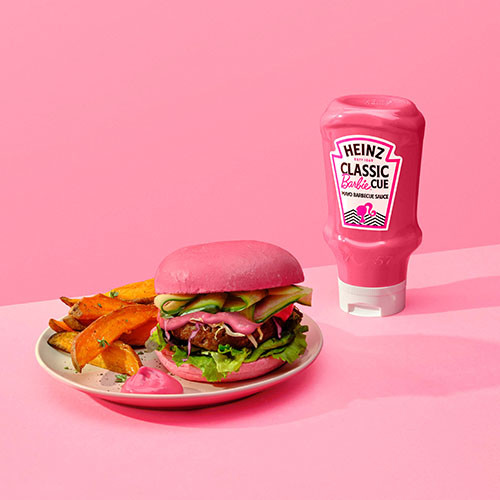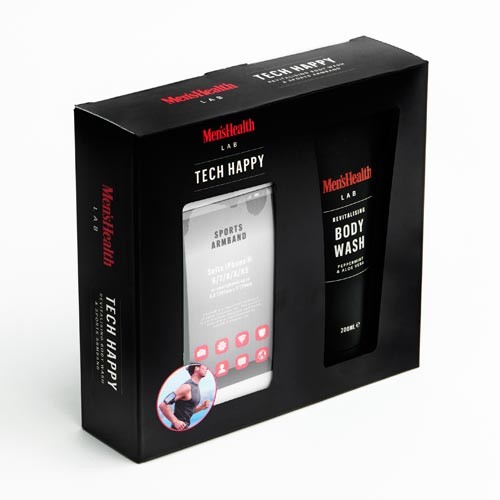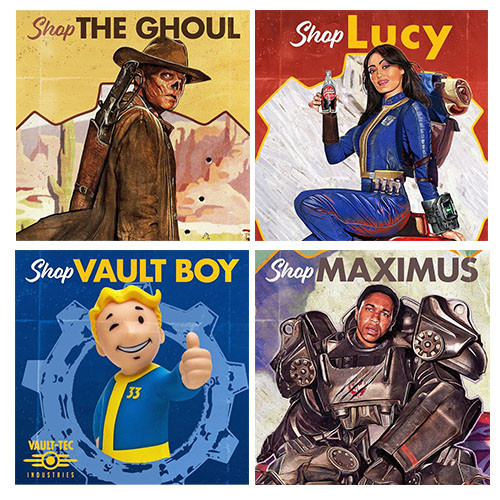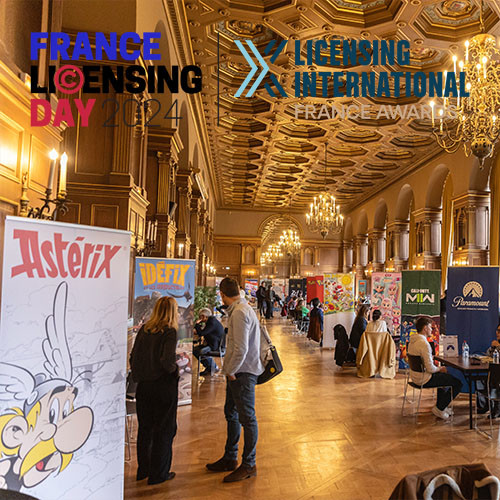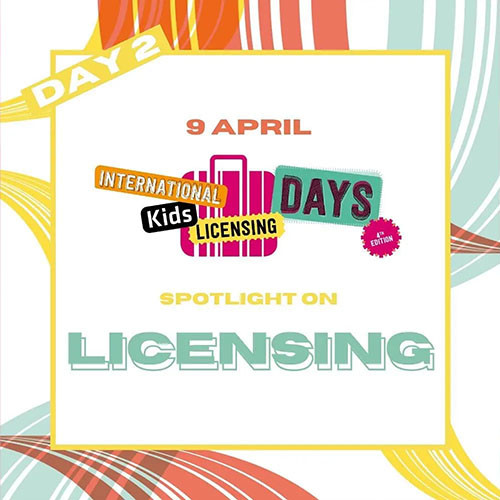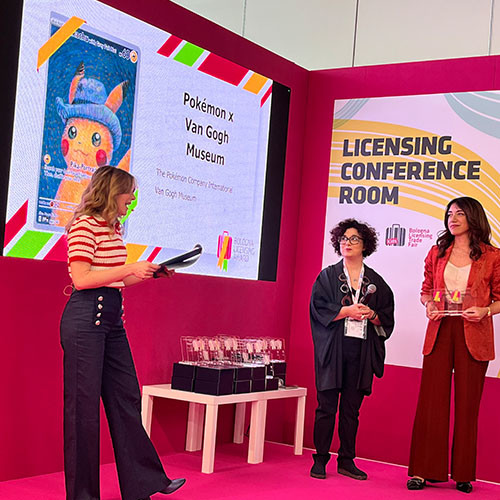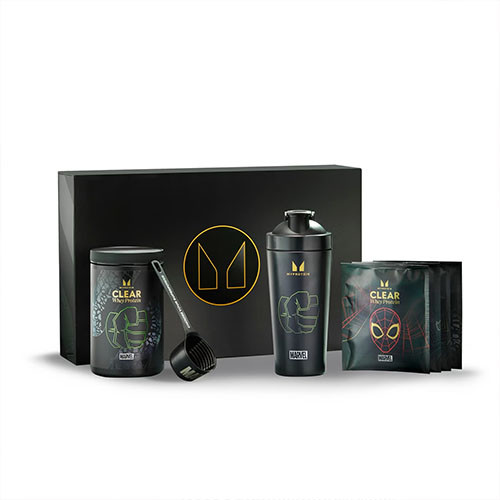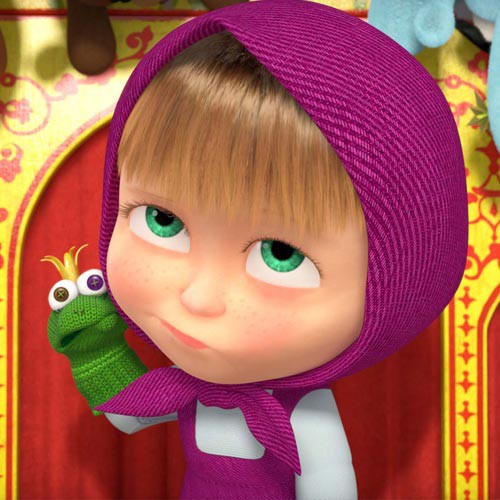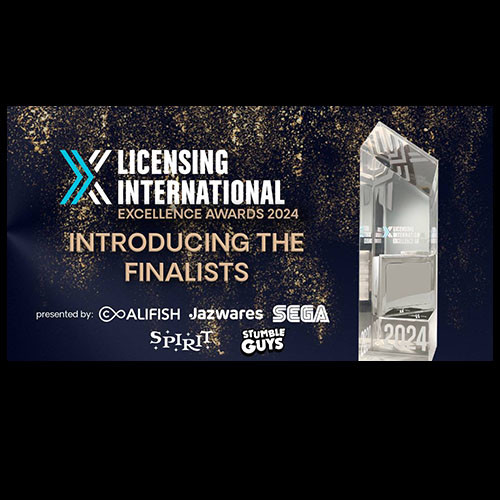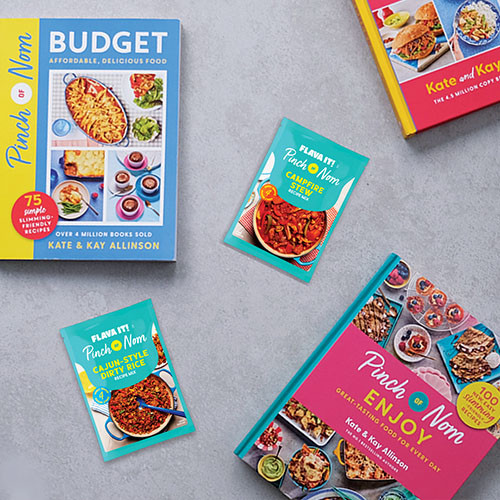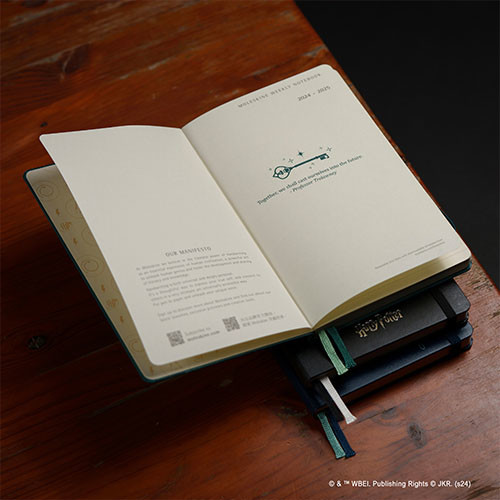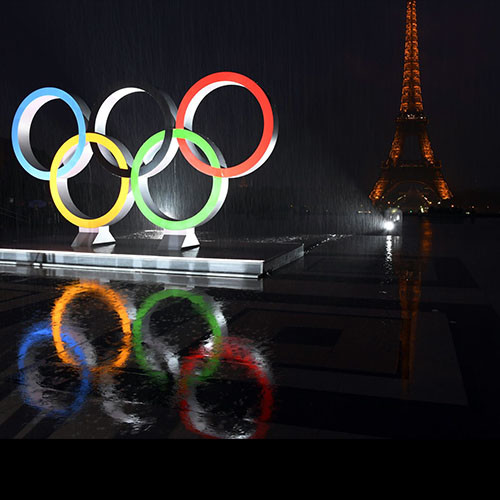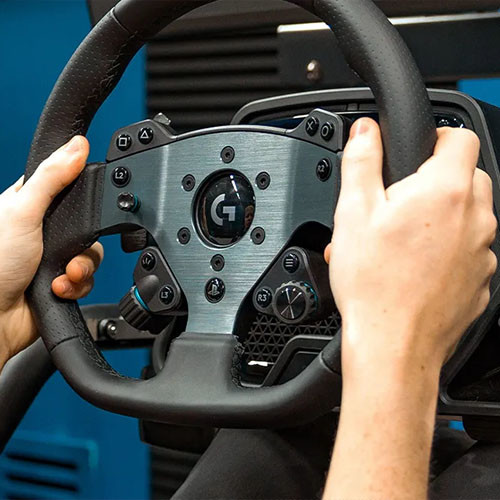Kids Industries’ Gary Pope on why children’s brand choices are driven by sensorial experience.
The P’s of marketing are perhaps even more important to the licensing world than they are the broader retail landscape. Product, Place, Price, Preference, Positioning, Promotional and, in the case of children (and their parents), Pester.
Anyone that has ever been shopping with their children – or anybody else’s – will know just what ‘fun’ it can be. Honest.
Dads treat six times more than mums. Fact. If you’re a dad left with the kids, the Hunter-Gatherer gene kicks in and, rather than moderate and negotiate, you succumb to the power of the Pester. As a dad you’re six times more likely to buy your way out of trouble with the kids than the average mother. An easy life, some might say. And they’d be right.
Category managers and the retail planogram know this and don’t make it any easier for parents in the pursuit of the next quarter’s reporting, do they? Here’s a very current and emotive example. FSDUs, offering an ultra-special cheap deal on Star Wars and Princess Kinder Surprise (two for £1.30), are placed 1.5 metres from supermarket checkouts. This, as any parent will know, is the wondering range of a disinterested 5 year old shopping with their dad.
Boom!
Rapid sell through, high margin and pacified kid.
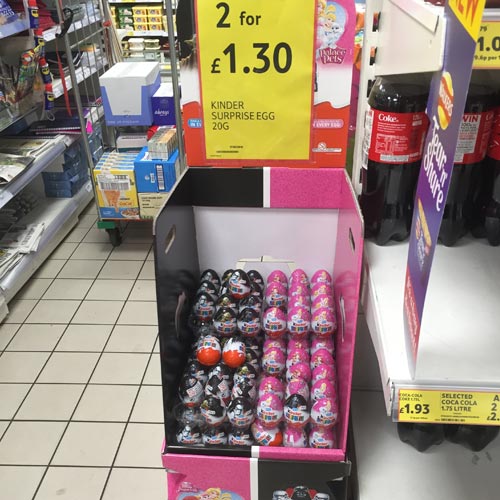
It’s not just the little stuff that’s pestered for by the little people. 95% of all ‘big ticket’ choices made by the family are influenced by the small people. The choices the family makes for cars, holidays and homes are all influenced by an ever increasingly emancipated youth.
Clever brand consultants say that children begin preferencing brands at around three years of age. You need only look to the Teletubbies, Twirlywoos and In The Night Garden. If they like it, children choose it… but why?
We had a pretty good hunch that children’s brand choices are driven by sensorial experience – like they are for grown-ups. Not a complicated notion, but one which would mean children preference brands at a much younger age than the commentators suggest.
We wanted to nail this so we ran an experiment with babies.
We recruited 12 babies that had never been exposed to Winnie the Pooh. Half we asked to continue this difficult abstinence and half we gave two or three experientially biased products – an activity play centre, feature plush, musical mobiles… you get the idea; products that specifically played to the senses.
Six weeks later we invited their parents to take the babies shopping. We’d briefed the parents to take a particular route around the shop. In the homewares aisle we’d placed – at the eye level of a one year old sat in a supermarket trolley – Winnie branded paper cups, plates and serviettes. None of which had been a part of our Winnie bombing, they merely carried the image of Winnie and his chums.
As the children were pushed past our paper product selection, those that had no exposure unsurprisingly gave no response. But the six that had been immersed in the brand, although pre-verbal, made clear their recognition and approval; arms-a-flailing and all full of excited squealing.
So, what’s going on?
There’s a very simple process that is shown in the diagram below.
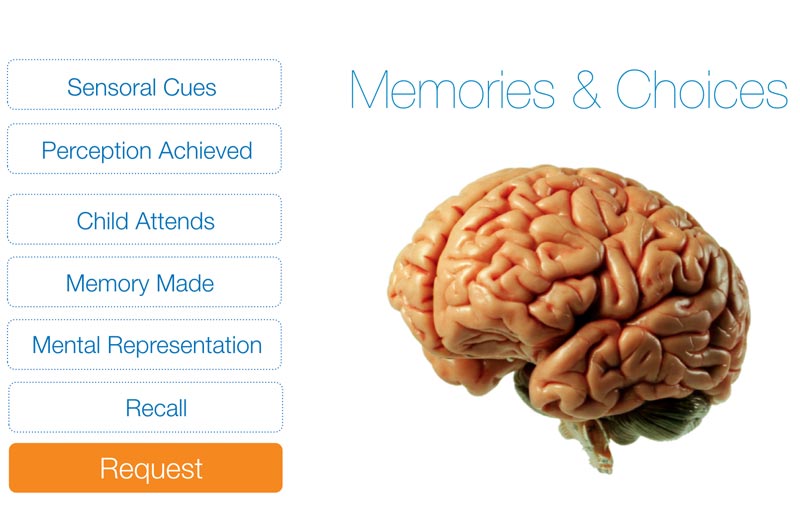
The experience of the products delivered sensorial cues that were strong enough to begin to form a perception of the brand in the child’s mind.
This perception, which was pleasurable ensured the children paid more attention to the experience and this meant that a memory was formed. This memory was a mental representation of the brand and because it is a memory it goes in a little cabinet in the brain marked ‘Winnie The Pooh’. And because that filing cabinet is permanently there it can be opened at any time to recall Winnie. And because it can be recalled it can be requested… or Pestered for.
So, when the children see the image of a simple bear that has given them great delight, it really is not surprising at all that they react in such a positive way.
As Joseph Pine, the very clever American says “Companies must realise that they make memories, not goods”. And nowhere is this more true than in the over-saturated licensing market.
I’ve said this before and I’ll probably say it at least a thousand times more. Create product that creates memories and you’ll find children – and more importantly parents – won’t mind the price or the promotion, and they may even forgive you the pestering.
Gary Pope is co-founder of Kids Industries, the leading family marketing agency, offering insight, strategy and creative.
Kidsindustries.com
@kidsindustries











